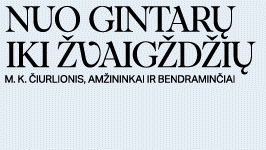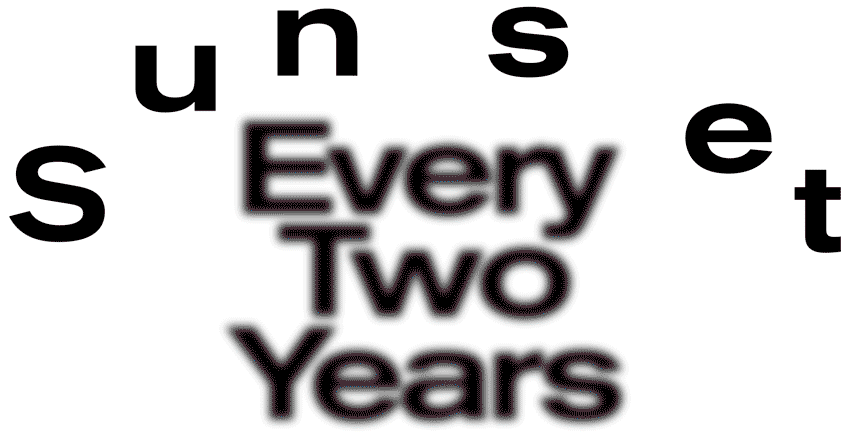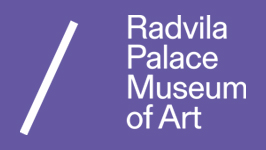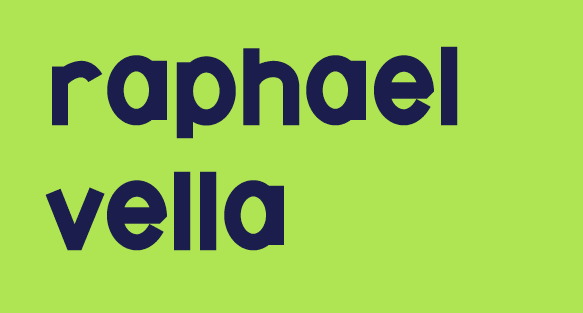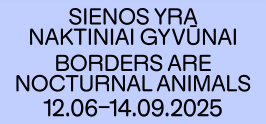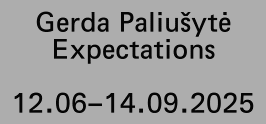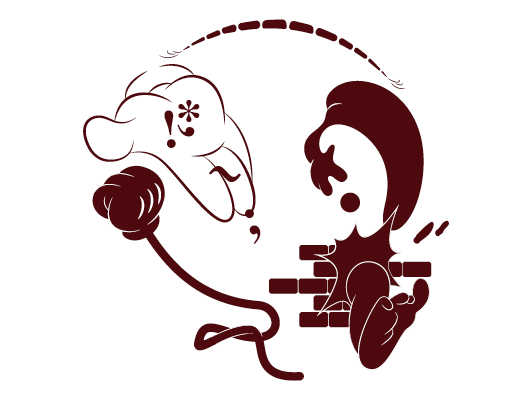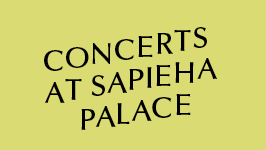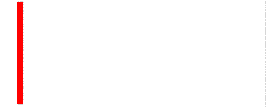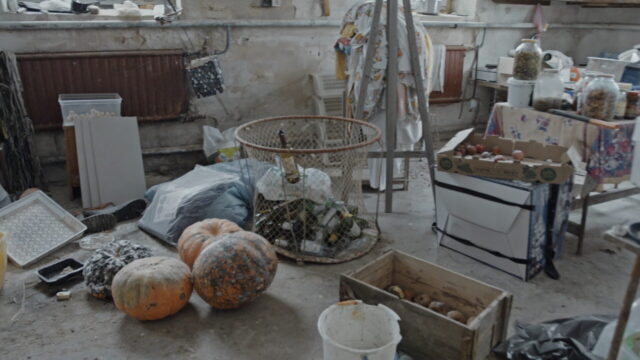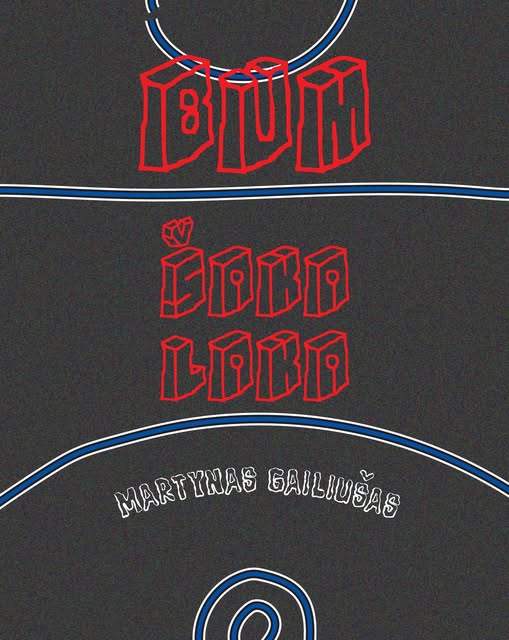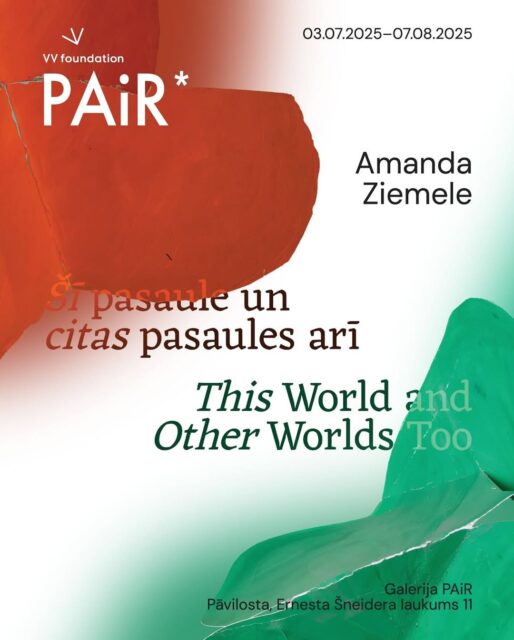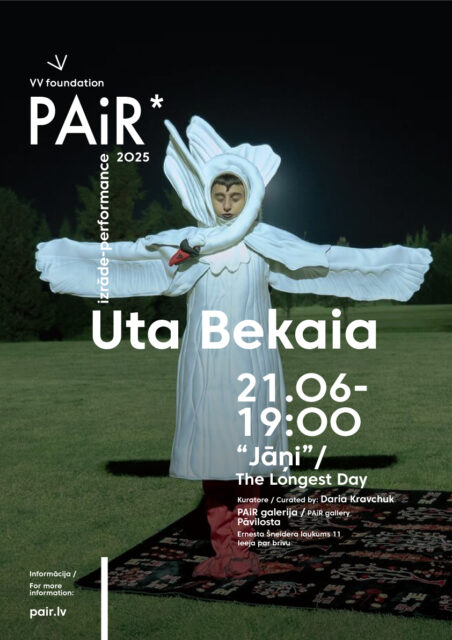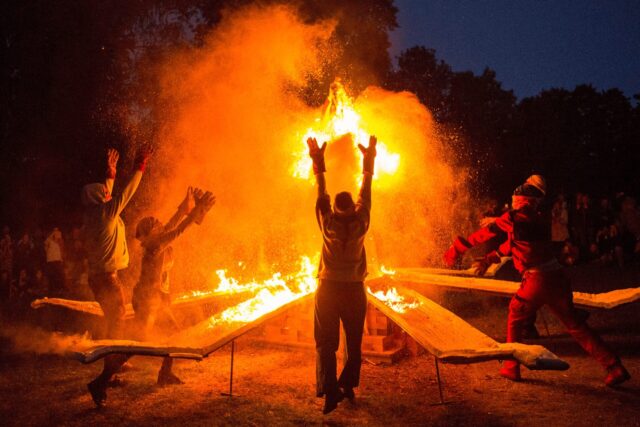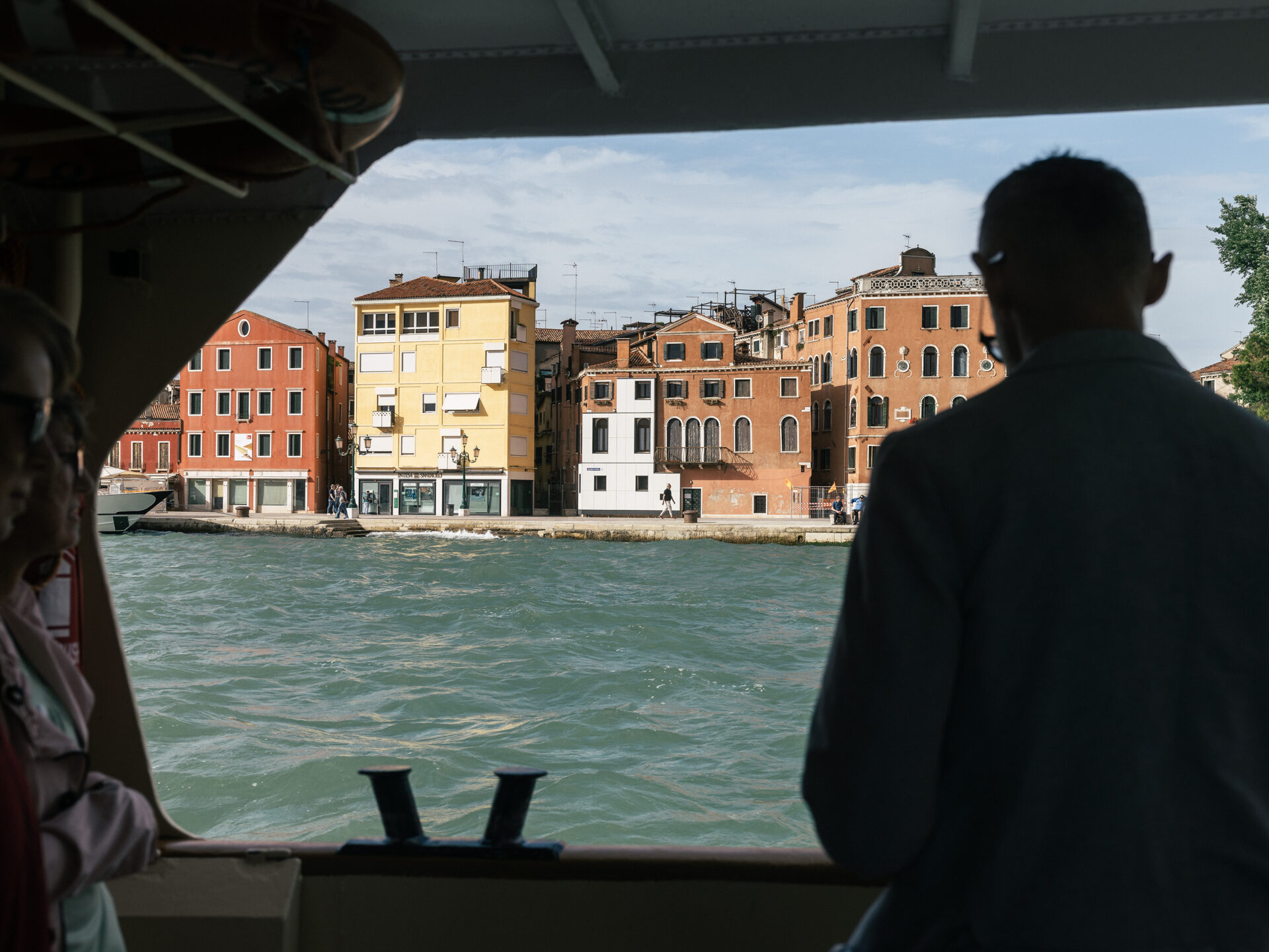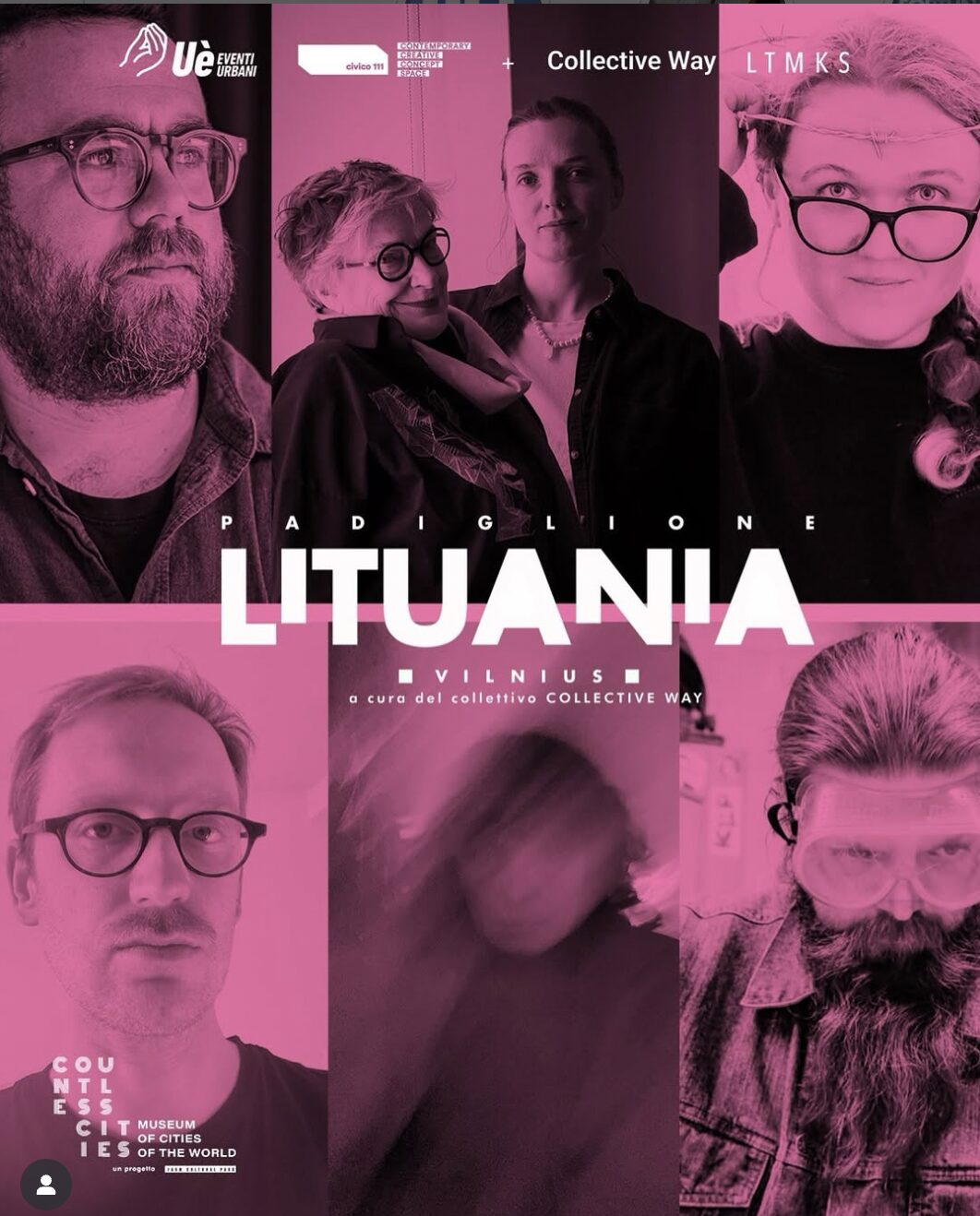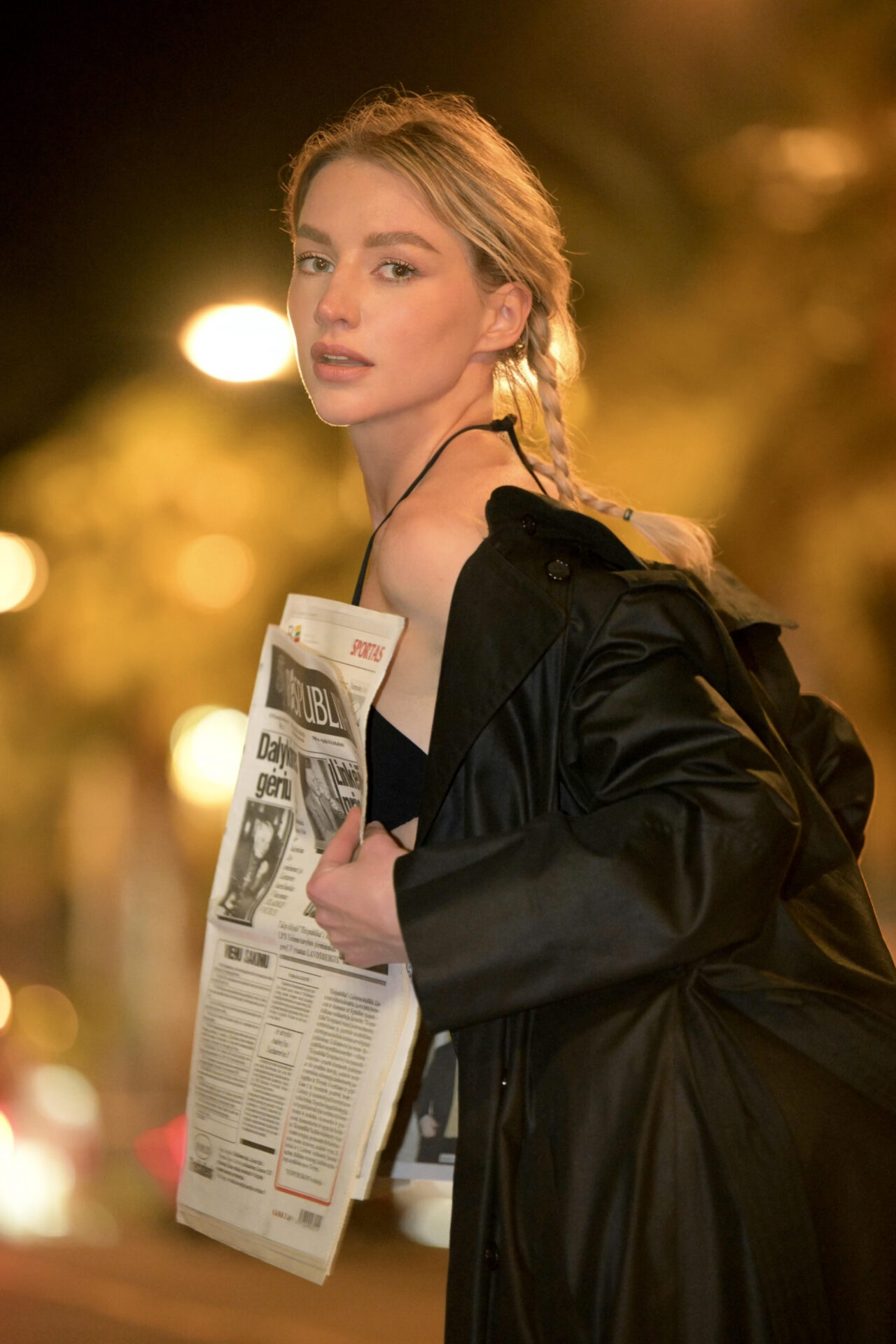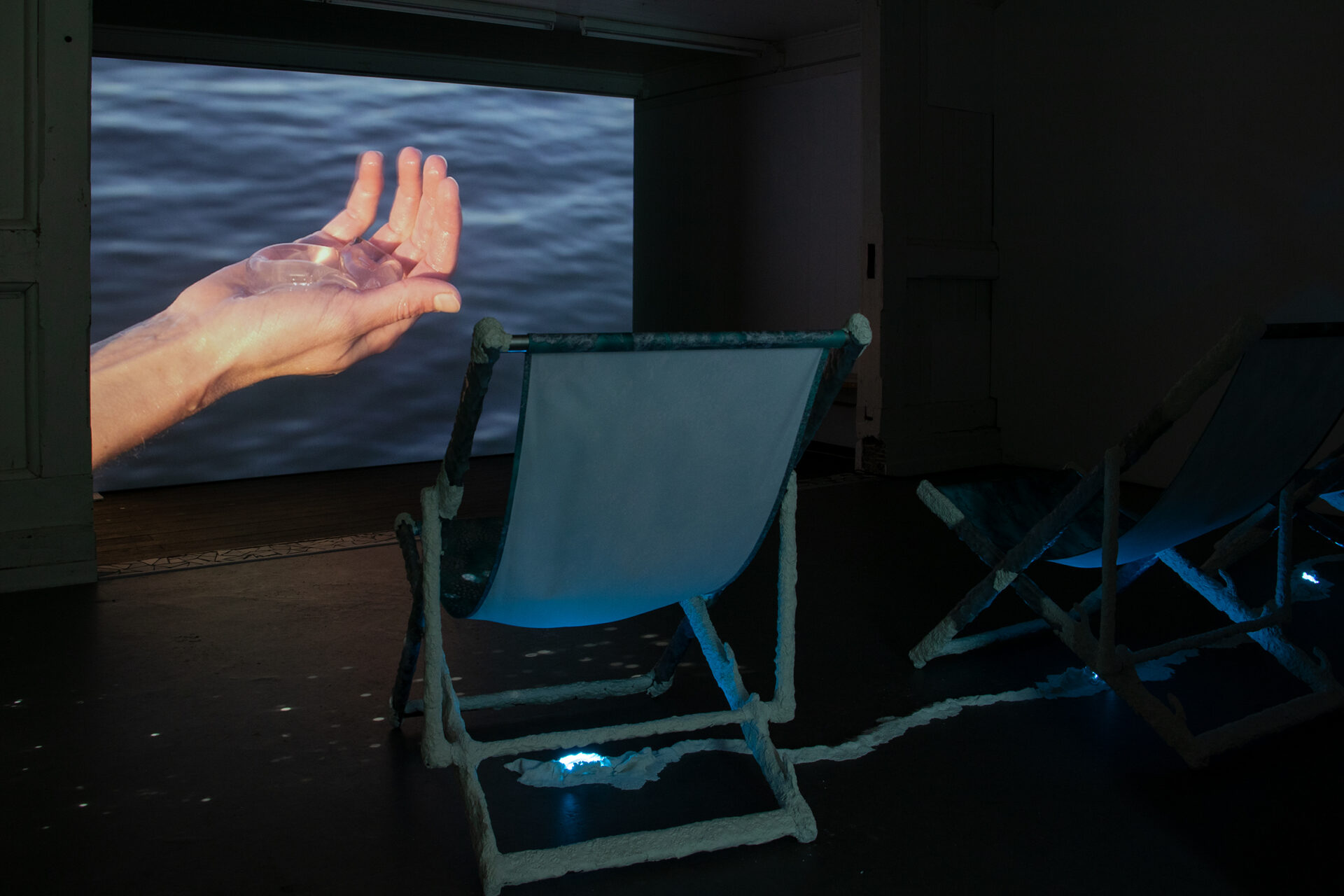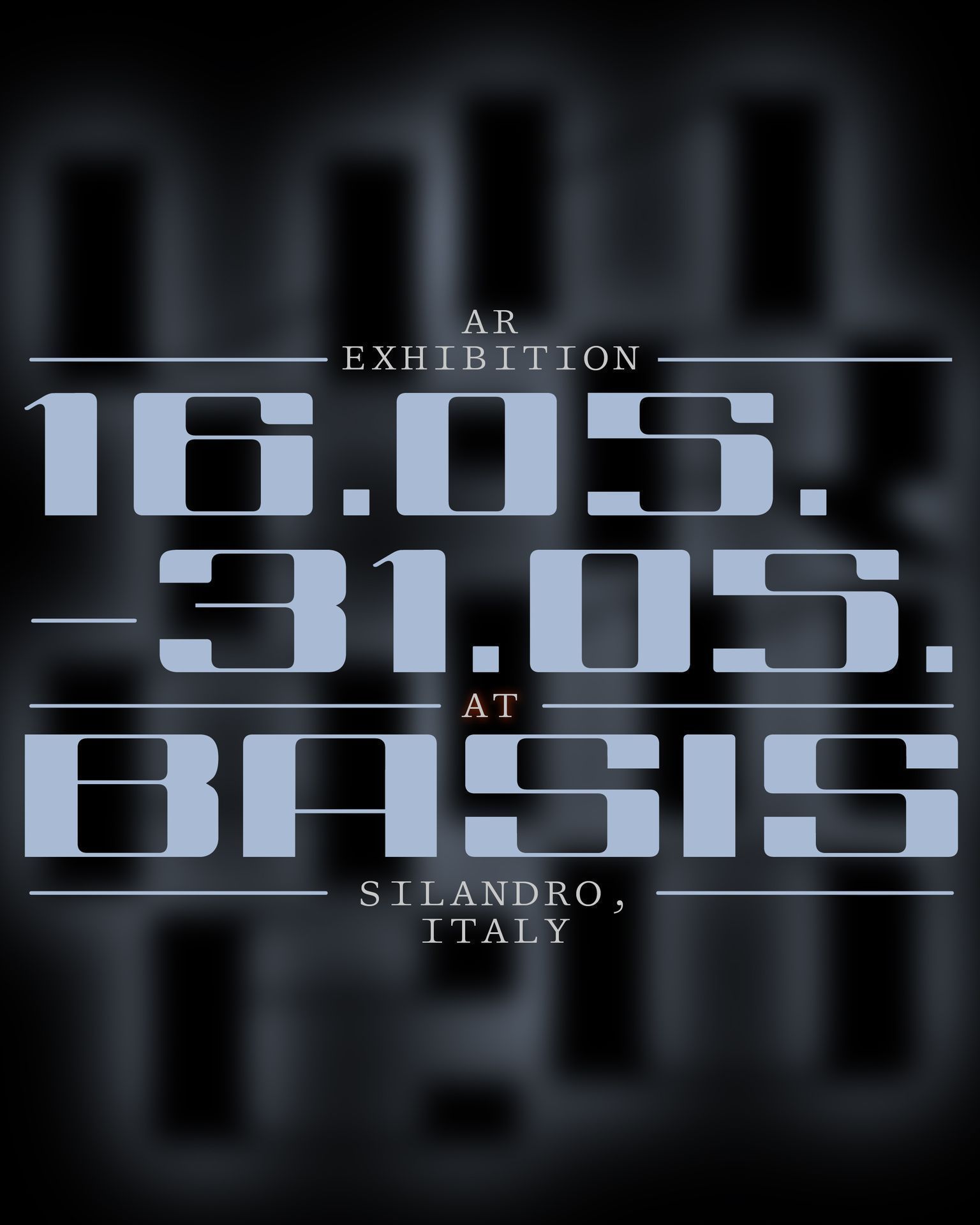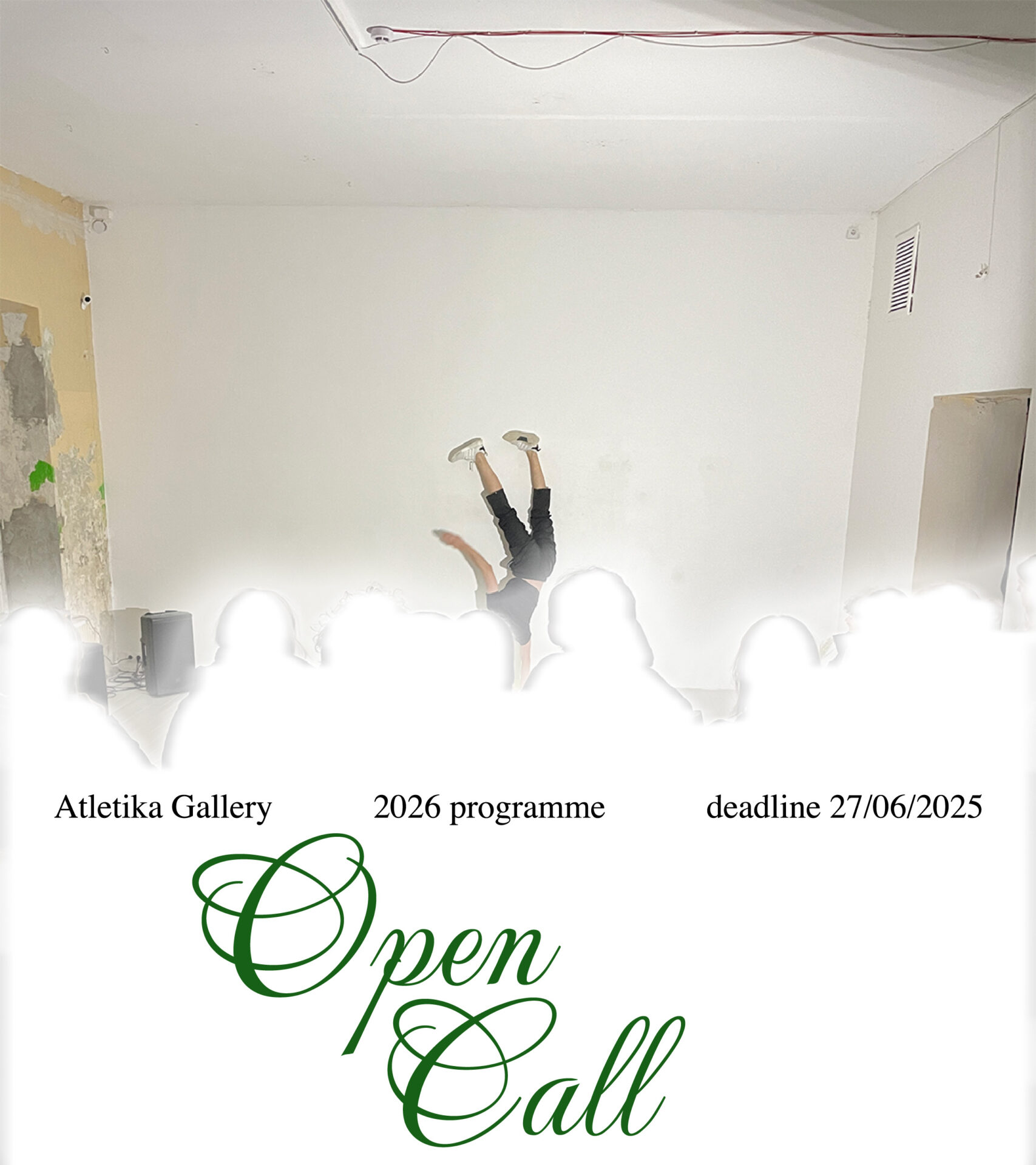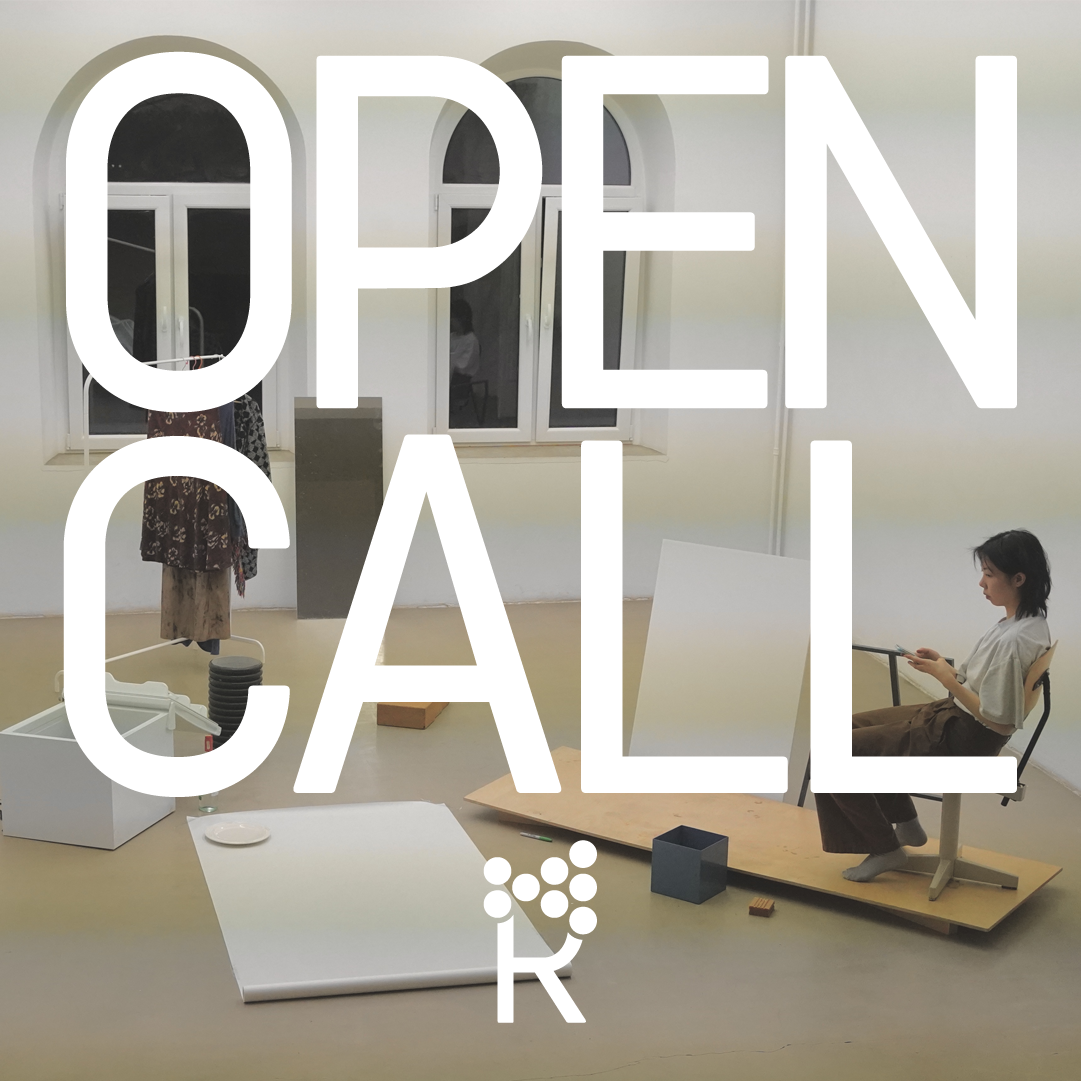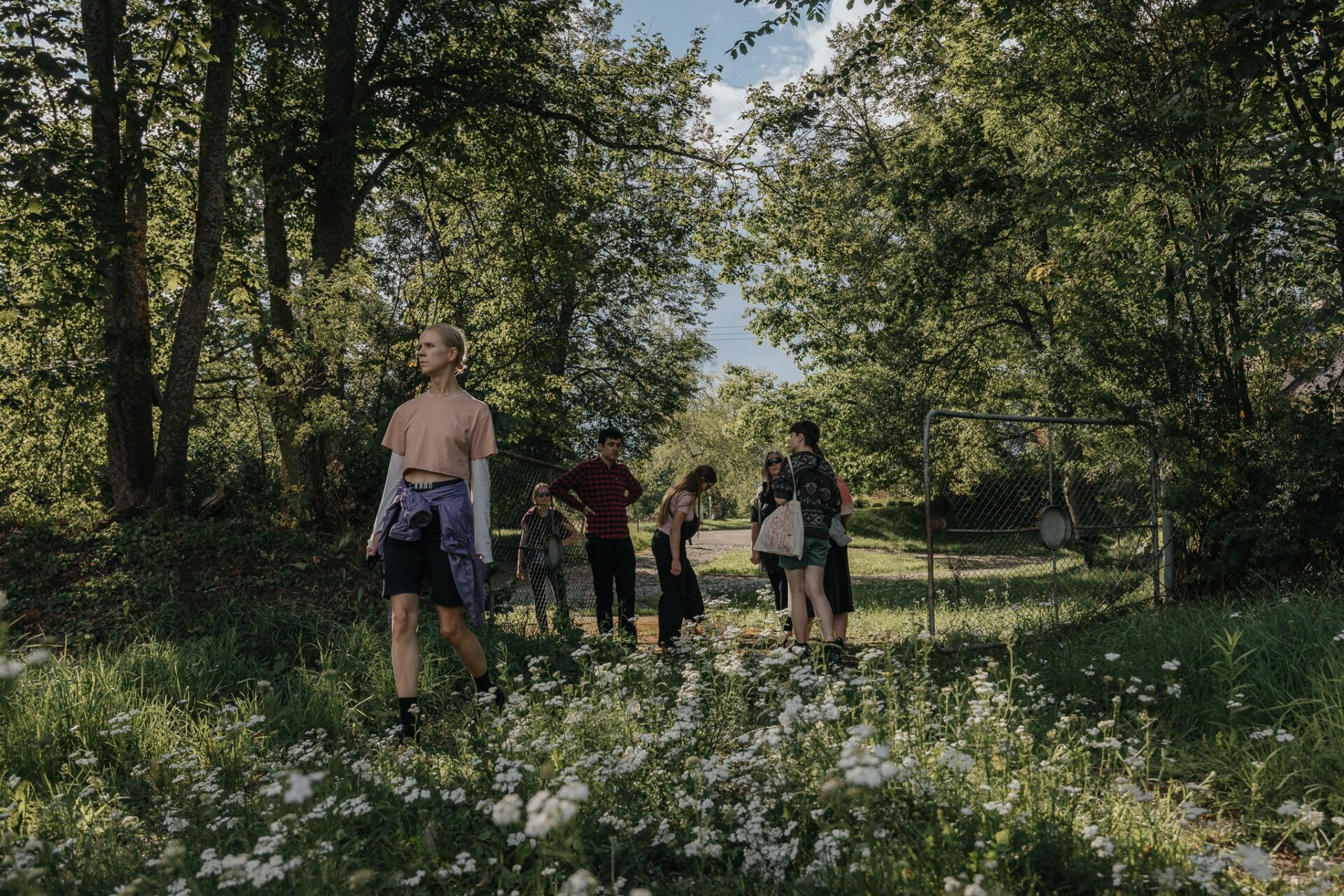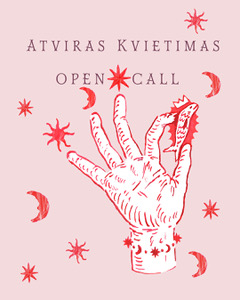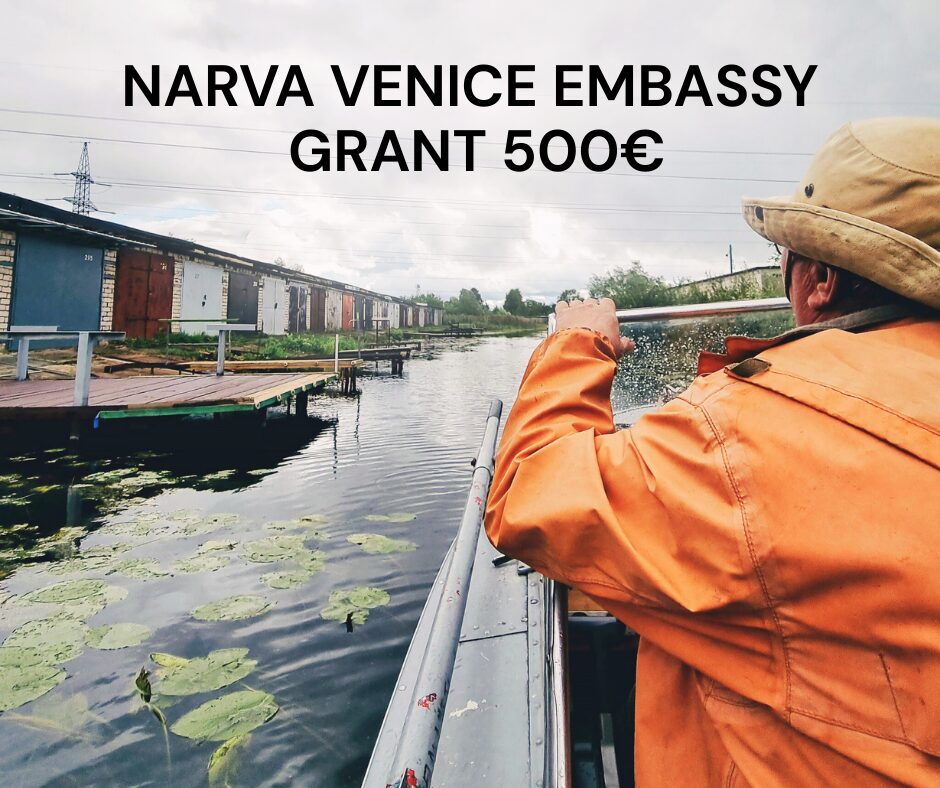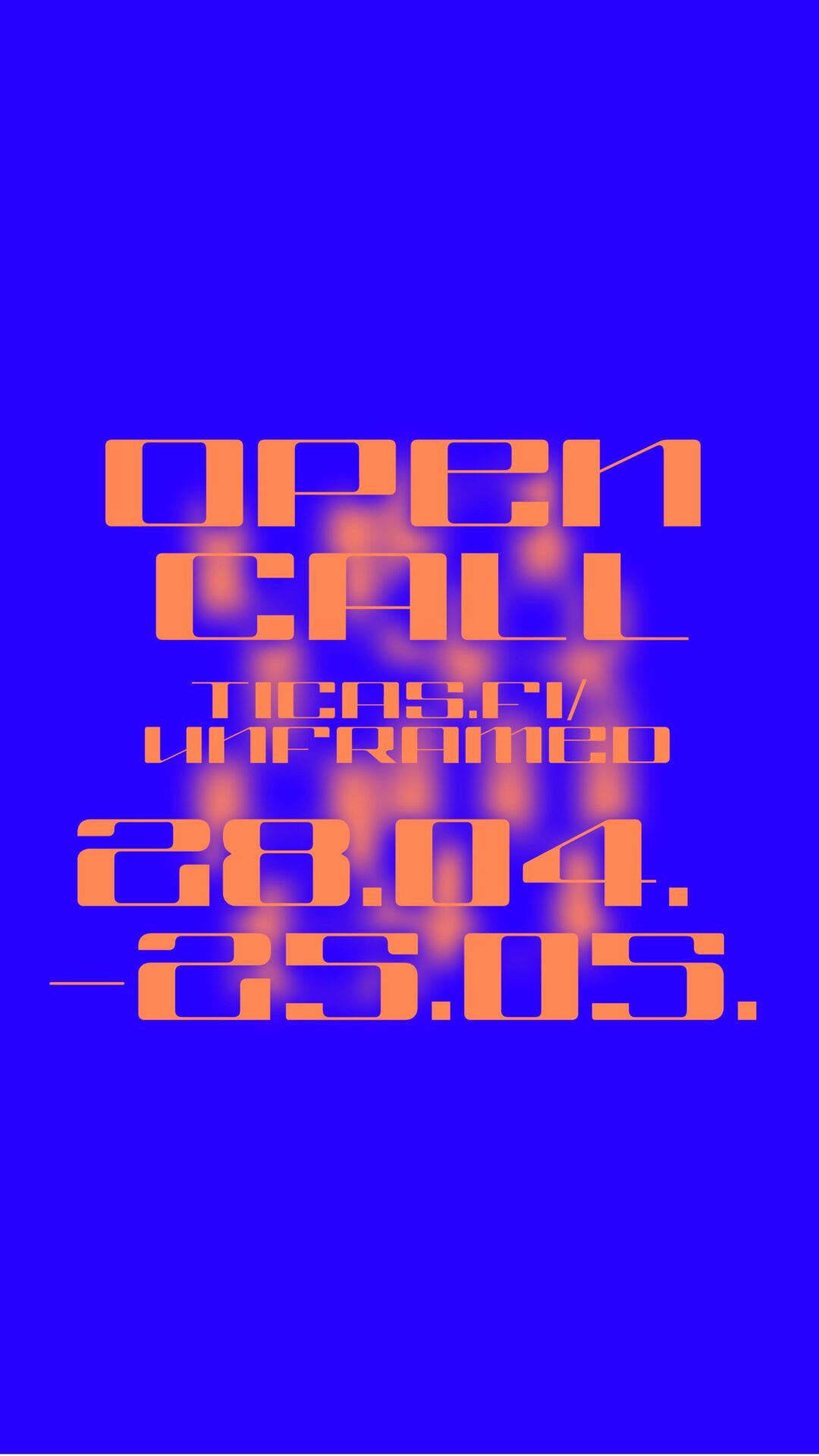The fourth Vilnius Gallery Weekend, which took place at the beginning of September, inaugurated Atletika, a new gallery belonging to the Sodas 2123 cultural complex, which is set to launch fully in the spring of 2020. The spaces of the Lithuanian Interdisciplinary Artists’ Association will be able to host art professionals and researchers who have various backgrounds. The organisers aim to gather around 40 creative minds under their wing. The opening exhibition, entitled ‘TT’ [1], kicked off the project by introducing the nucleus of darkness, or, in other words, mind-dimming phenomena and an interpretation of their effects in our times.
If we start examining the exhibition from its description and not from the artworks, it will appear that the double-letter title refers to a variety of denotations: a symbol of a crying face; an abbreviation for ‘trending topic’; a South Korean girl group’s song with around half a billion views; a resemblance to the Pi symbol; a Wikipedia-discovered abbreviation for the Tartar language; two unfinished crosses… But this approach can only produce an uncrystallised sense code, which remains so for rare contemporary art scene goers, who, I imagine, constitute part of the Vilnius Gallery Weekend’s visitors, either coming to exhibitions because of recommendations, to discover a new possibility to connect with the contemporary art world, or merely to put another hashtag under their photograph in social media. Without properly warming up, the vast diversity of information might have appeared as an obstacle in the whole marathon of exhibition-going, and in the case of ‘TT’, it might have seemed as though its concept was about everything, and so at the same time about nothing at all.
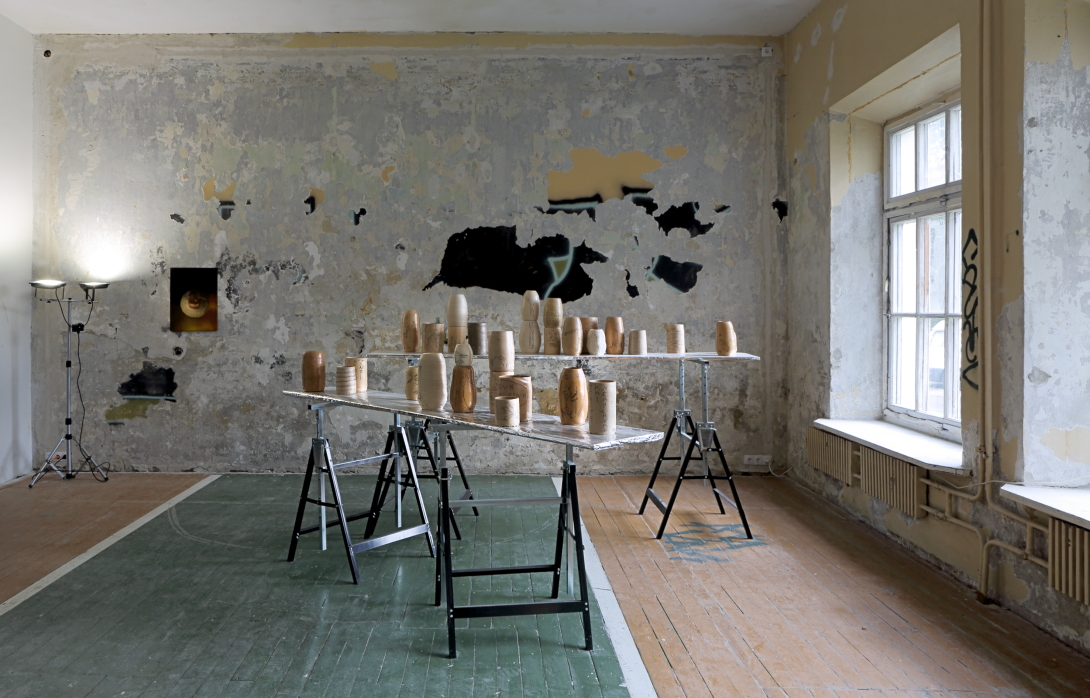 Only when you have the time and the will to look deeper into the description does the dew of sense start forming on the variety of interpretations initially provided. The curator turns the artworks and their concept into a mirror that reflects its viewer’s environment, which is comprised of all things, and at the same time, of anything at all. Although the description states that the aim is not to preach any sort of sermon, we have to admit that the recounting of the exhibition’s context produces a metaphor, which itself masks the illustration of the polluted and overgrown soil of the Internet, television, media, rumors, advertising, and so on. Weeds and viruses are proliferating in algorithmic passageways and are thus loading down the consumer with random search results and numerous images in the margins, part of which is paid for, just to appear in front of the consumer. Chasing after adventitious search results, tripping over yet another new YouTube video, which will only lead to further meme production, usually leads away from the initial purpose, and inversely strays towards an extraneous path, guided by the bait of easily consumed information.
Only when you have the time and the will to look deeper into the description does the dew of sense start forming on the variety of interpretations initially provided. The curator turns the artworks and their concept into a mirror that reflects its viewer’s environment, which is comprised of all things, and at the same time, of anything at all. Although the description states that the aim is not to preach any sort of sermon, we have to admit that the recounting of the exhibition’s context produces a metaphor, which itself masks the illustration of the polluted and overgrown soil of the Internet, television, media, rumors, advertising, and so on. Weeds and viruses are proliferating in algorithmic passageways and are thus loading down the consumer with random search results and numerous images in the margins, part of which is paid for, just to appear in front of the consumer. Chasing after adventitious search results, tripping over yet another new YouTube video, which will only lead to further meme production, usually leads away from the initial purpose, and inversely strays towards an extraneous path, guided by the bait of easily consumed information.
The flow of all this (ir)relevant information goes through a human being, who, by being linked to computer technologies, is enhanced with a certain prosthetic memory, allowing him to process and use the information extremely rapidly, and therefore progressing even faster as well. Yet even without the prosthetic memory, one is sure to perish promptly. In many cases, the information is not remembered for longer than what is required to finish a certain job, because it can allegedly always be found on-line, if necessary. Or, speaking in labels, we encounter the ‘Google Effect’. The real possibility of losing it, say, if we spill coffee on some wires and the almighty Internet is gone for good, lets us ponder such a life… This is no laughing matter, if we remember the shutdown of Facebook and Instagram last March. Inactive accounts allowed people to imagine what it would be like if they could never again contact friends and relatives living far away, if they were, as in the past, attacked and occupied by more powerful nations, or if the end of the world was actually beginning.
Moving away from an analysis of the description to its relationship with the collection of works in the Atletika gallery, we first encounter a wide spectrum of media, conveying different meanings and different senses. ‘TT’ includes ceramics, graphic works, sculptures, video works, drawings, installations and paintings. Each piece carries its creator’s message, which is always linked to the dark nucleus of the chaos of the concealed contemporary mind in ‘TT’. The nucleus can be divided into separate parts, one of which encompasses the subject of fakes, and not necessarily the fakeness of news. Justė Venclovaitė’s comic strip Click (Spragt, 2019) reflects on the millennial and subsequent generations’ way of living: their photographs and videos recreate a ‘true’ reality, projecting desired visions of the future in a fragmented digital collage. One wants the sight on the screen to become real. Hence, the mind starts cracking up, and is not able to separate which reality is more real any more.
 The tutorials, Wikipedia articles, which allow Internet surfers to feel clever, are a stream of informational copies, without a beginning or an end, without a sign of the original or of authorship. This relation is examined in Rokas Dovydėnas’ ceramic work Plėviakojis vs Louhan Part Two (2019), a title resembling a comic series from Marvel or DC. The characters’ story is portrayed on the artist-made ceramic ware, which refers to Chinese porcelain, which once had a huge influence on European art, and which highlights mass production processes, where each piece is a copy of a copy, and the original creator is long gone. An inverse situation is visible in Tomas Daukša’s piece Paving Stone and Replica (Grindinio akmuo ir jo kopija, 2015-2017). Here, the artist exhibits two objects: the first is an authentic piece of stone brought to Vilnius from Venice, while the other is a copy. Put side by side, the two objects visualise a contrary situation: the found rock is not related to a skilled artist, but at the same time, the copy is the work of some creator. What is more, the altered colours, white and gold, provide the copy with a certain authenticity, with extraordinariness. Meanwhile, the true part of a Venetian pavement resembles nothing more than a generic, pale-coloured stone.
The tutorials, Wikipedia articles, which allow Internet surfers to feel clever, are a stream of informational copies, without a beginning or an end, without a sign of the original or of authorship. This relation is examined in Rokas Dovydėnas’ ceramic work Plėviakojis vs Louhan Part Two (2019), a title resembling a comic series from Marvel or DC. The characters’ story is portrayed on the artist-made ceramic ware, which refers to Chinese porcelain, which once had a huge influence on European art, and which highlights mass production processes, where each piece is a copy of a copy, and the original creator is long gone. An inverse situation is visible in Tomas Daukša’s piece Paving Stone and Replica (Grindinio akmuo ir jo kopija, 2015-2017). Here, the artist exhibits two objects: the first is an authentic piece of stone brought to Vilnius from Venice, while the other is a copy. Put side by side, the two objects visualise a contrary situation: the found rock is not related to a skilled artist, but at the same time, the copy is the work of some creator. What is more, the altered colours, white and gold, provide the copy with a certain authenticity, with extraordinariness. Meanwhile, the true part of a Venetian pavement resembles nothing more than a generic, pale-coloured stone.
Having started its odyssey from the depths of the nucleus of darkness, Atletika will most likely attract a variety of particles into its orbit. They will form the landscape of an artistic space: they will furrow it with the ecosystems of ideas, and create a new zone for the arts.
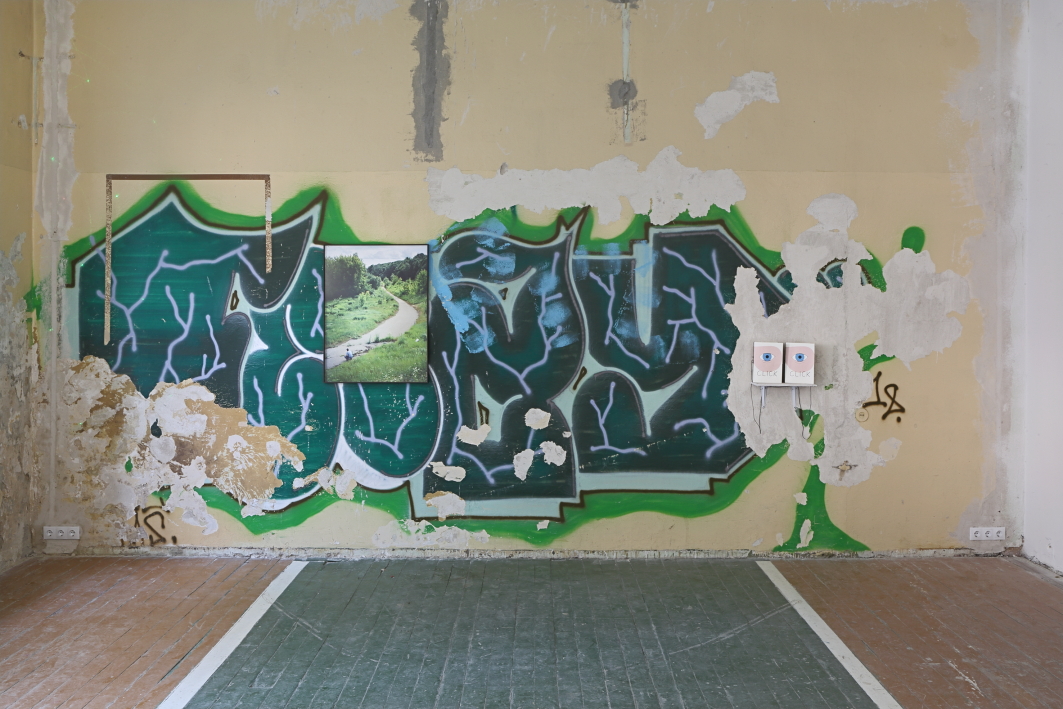 [1] Andrés Padilla Domene’s video work Repercussion was shown as a parallel exhibition.
[1] Andrés Padilla Domene’s video work Repercussion was shown as a parallel exhibition.
Full photo reportage here.

